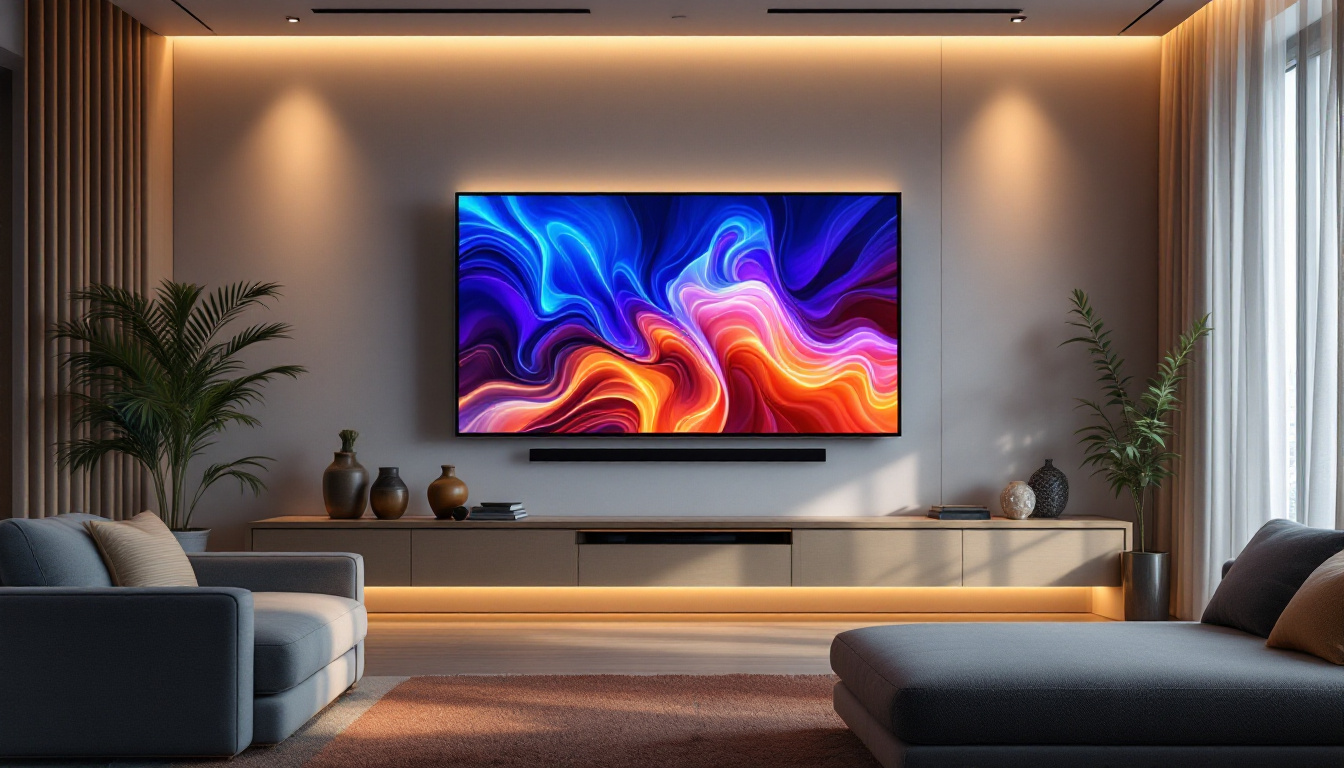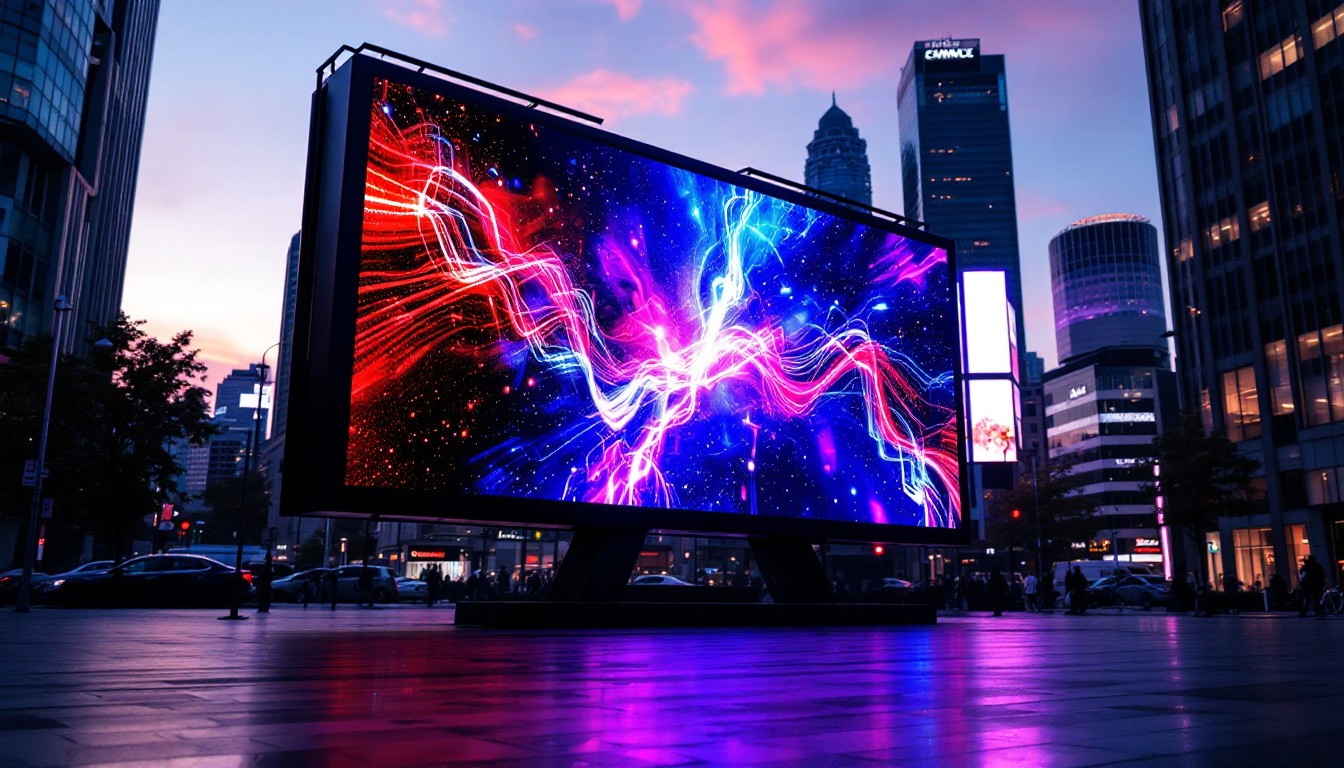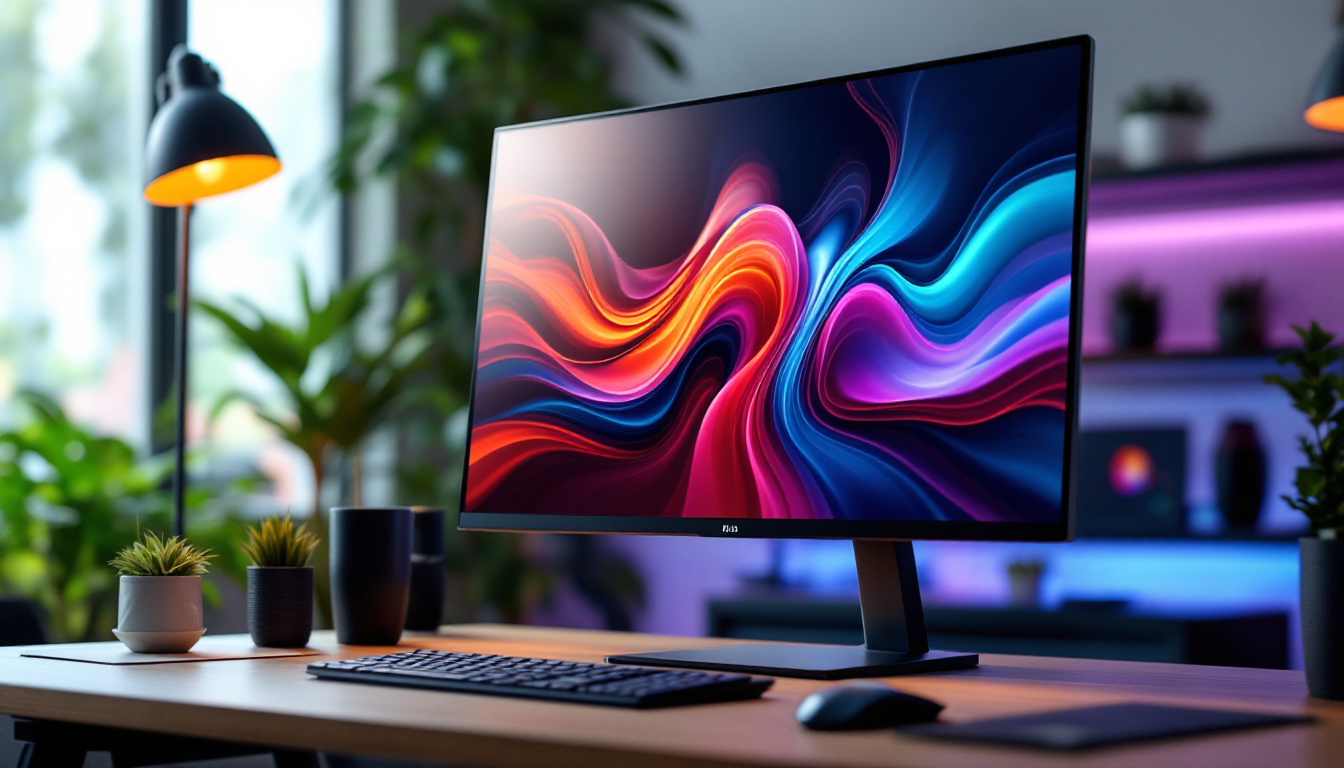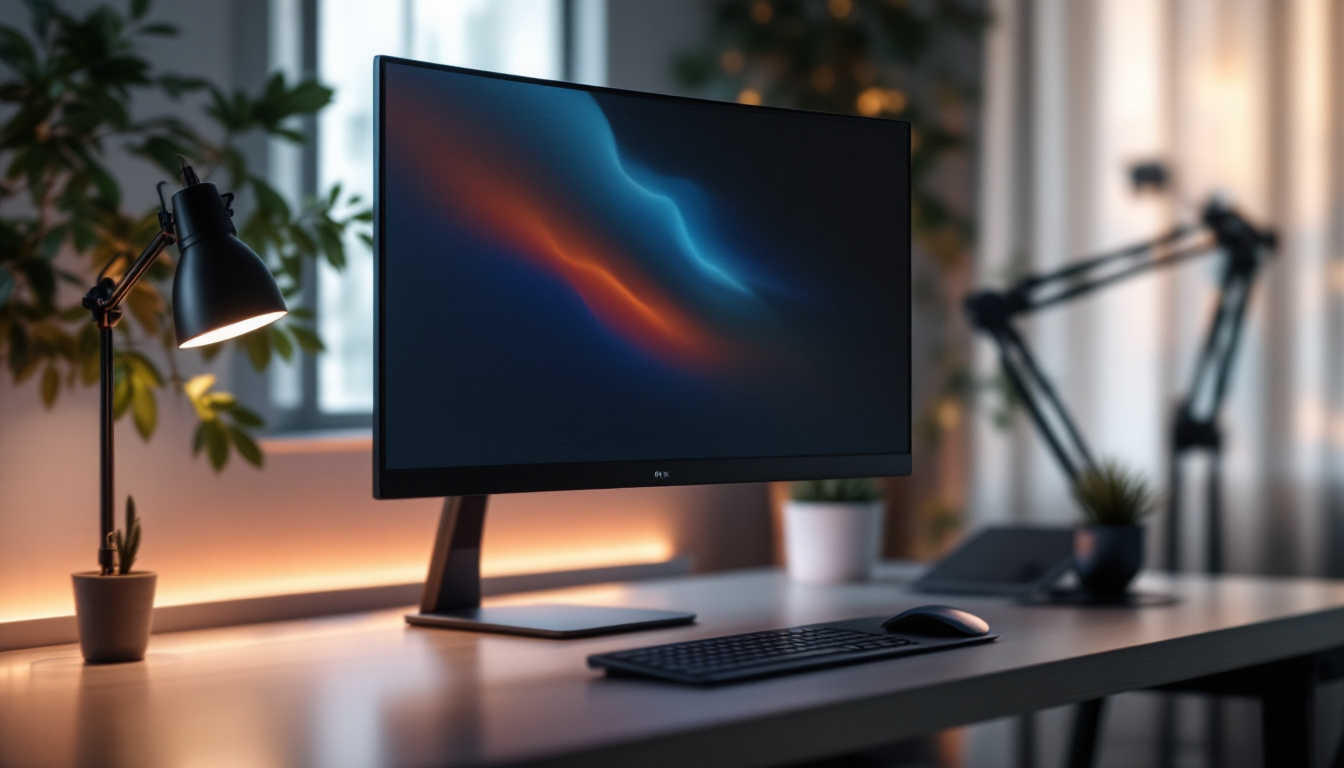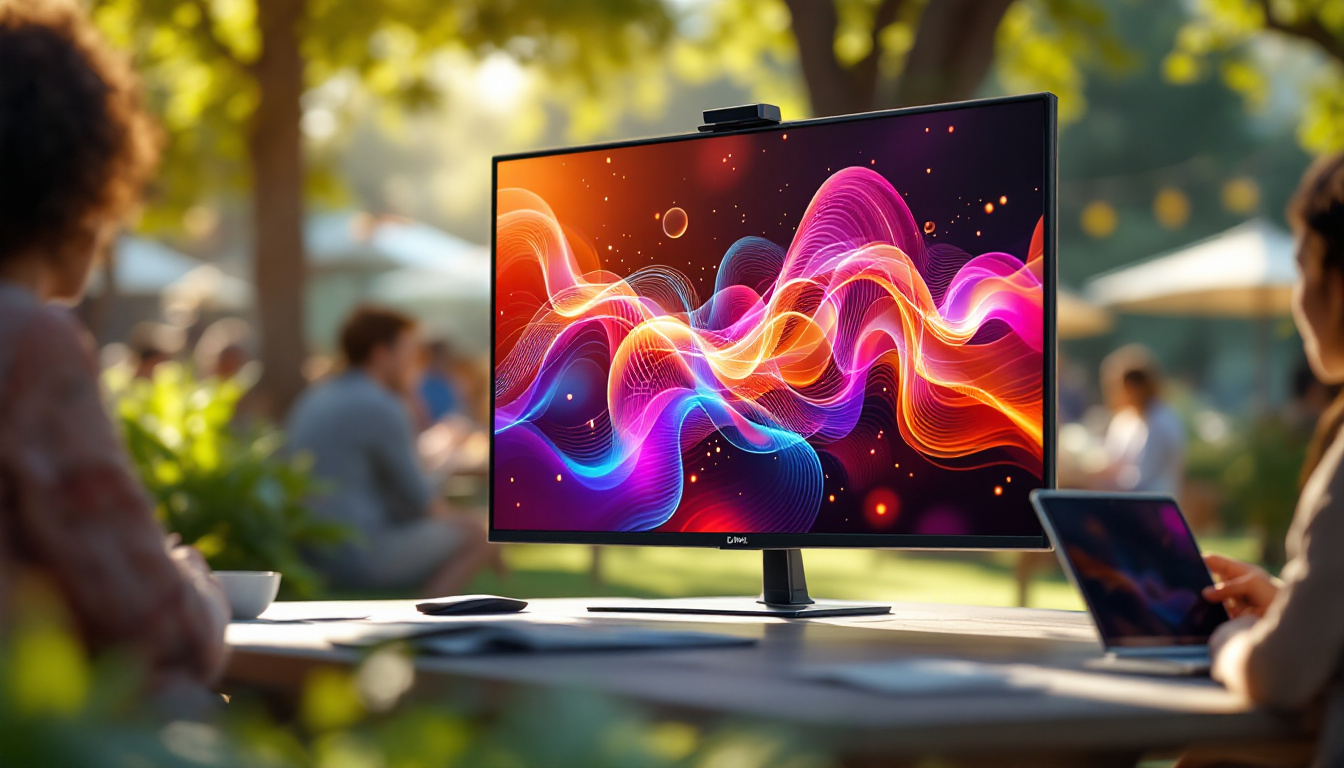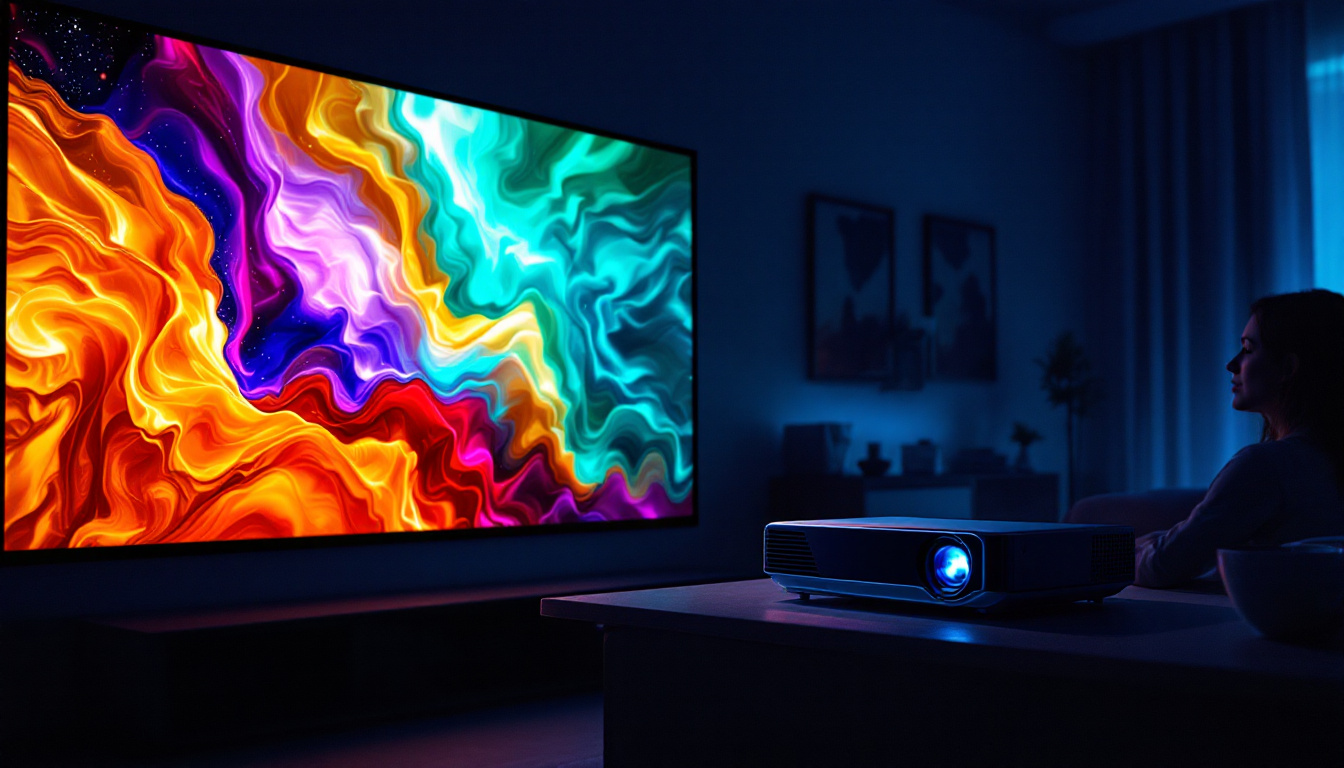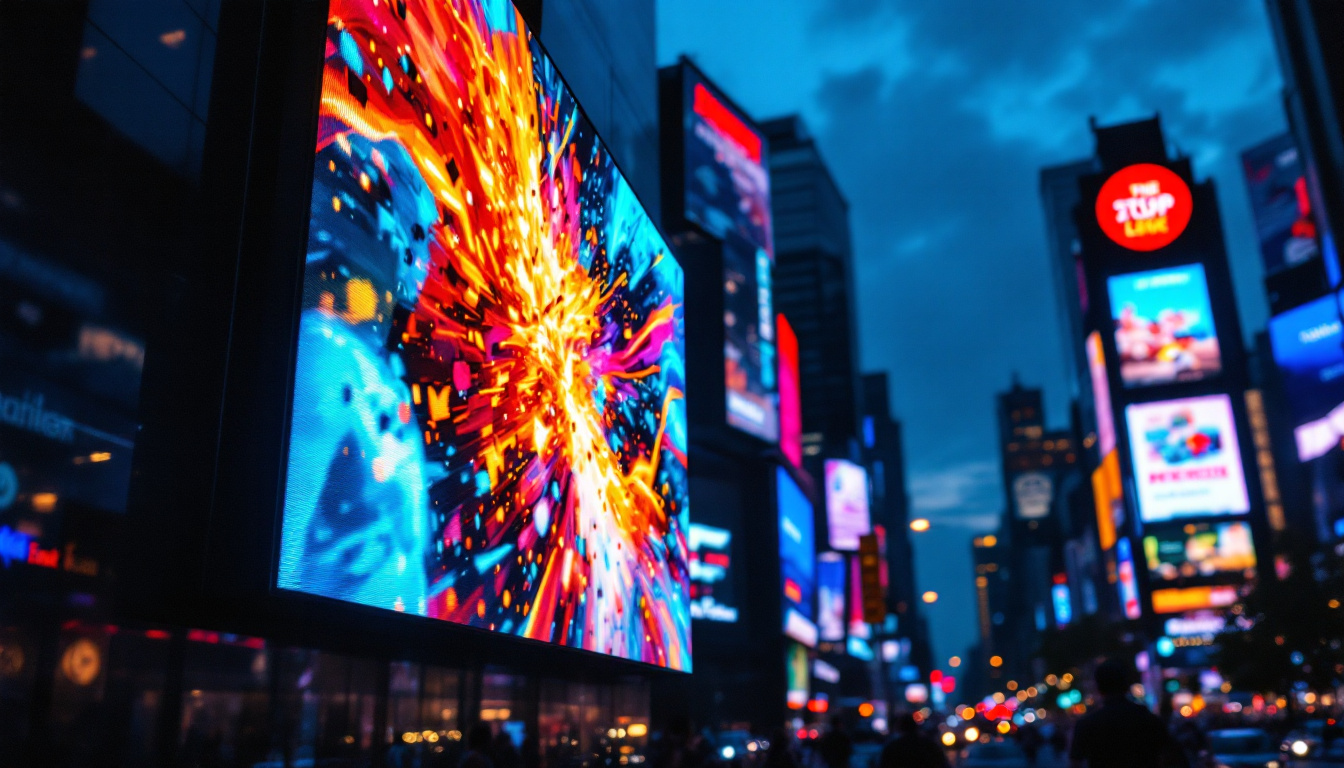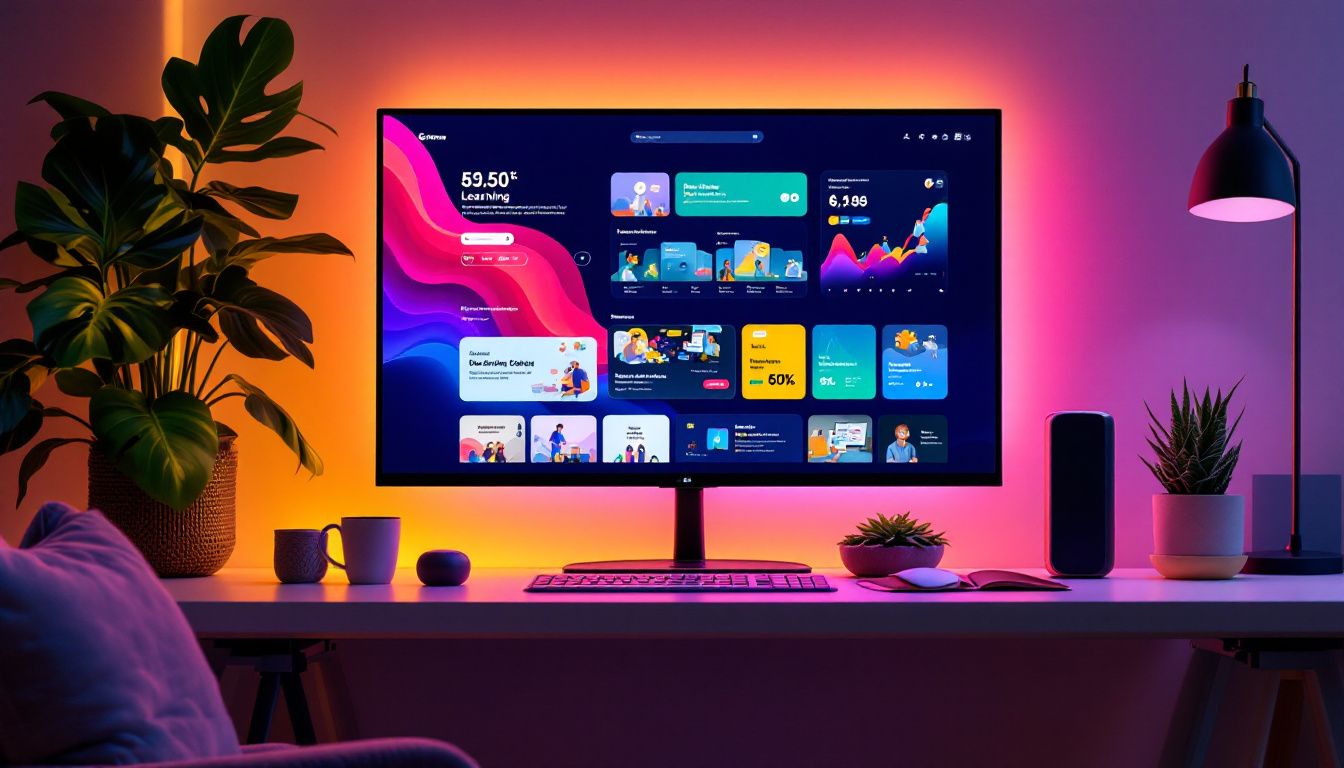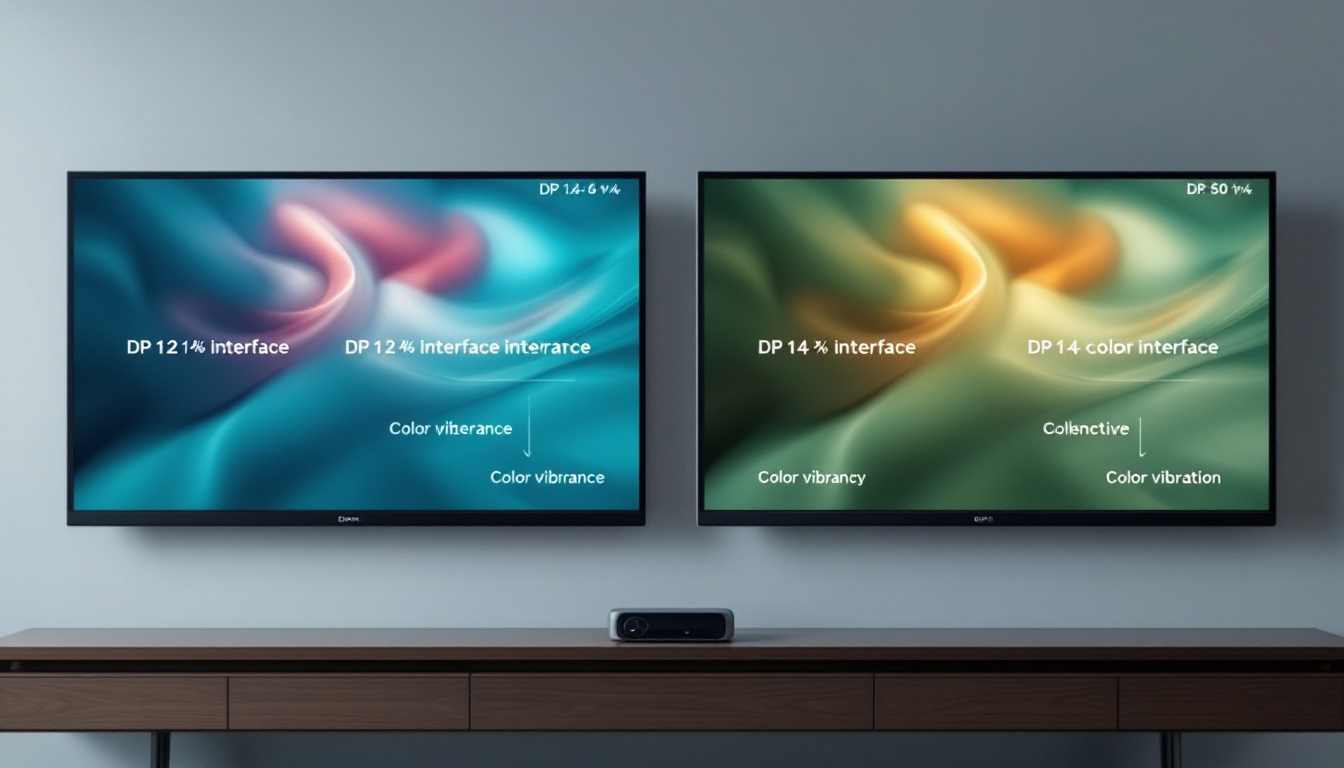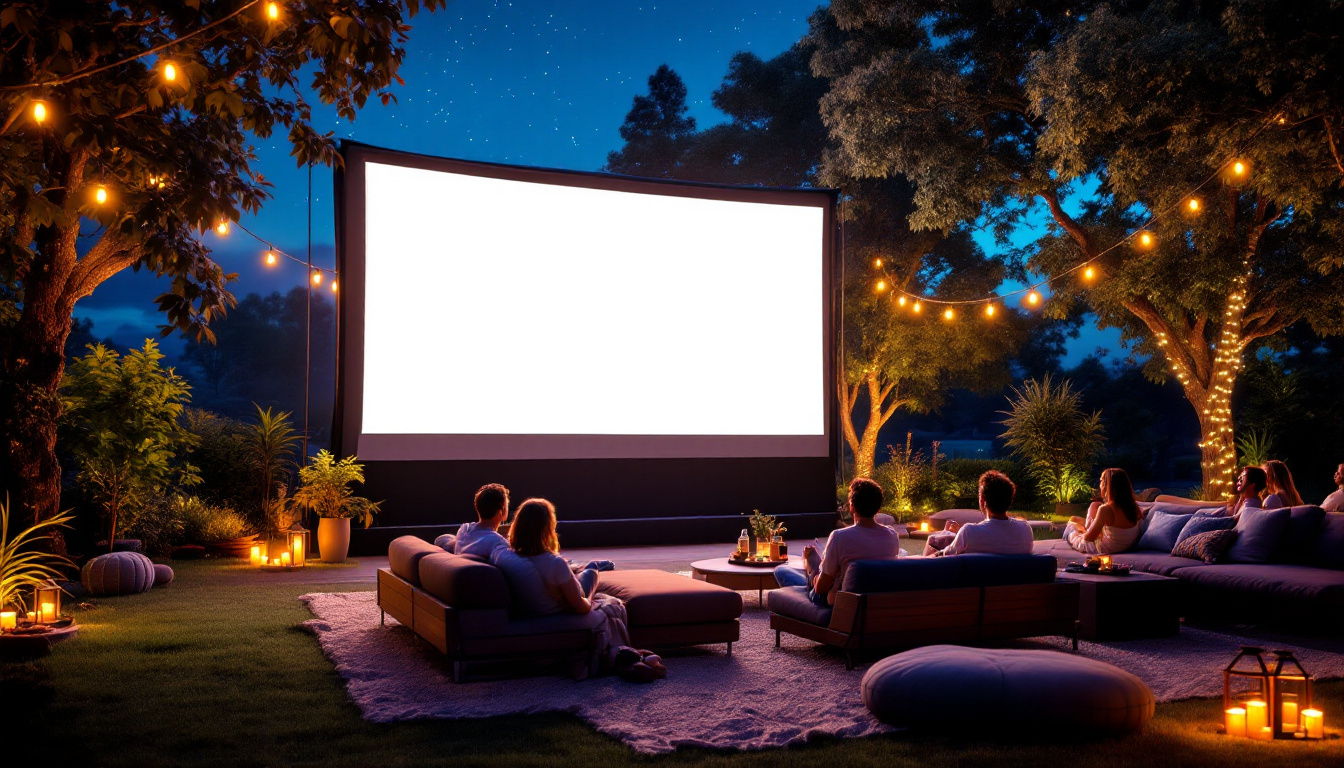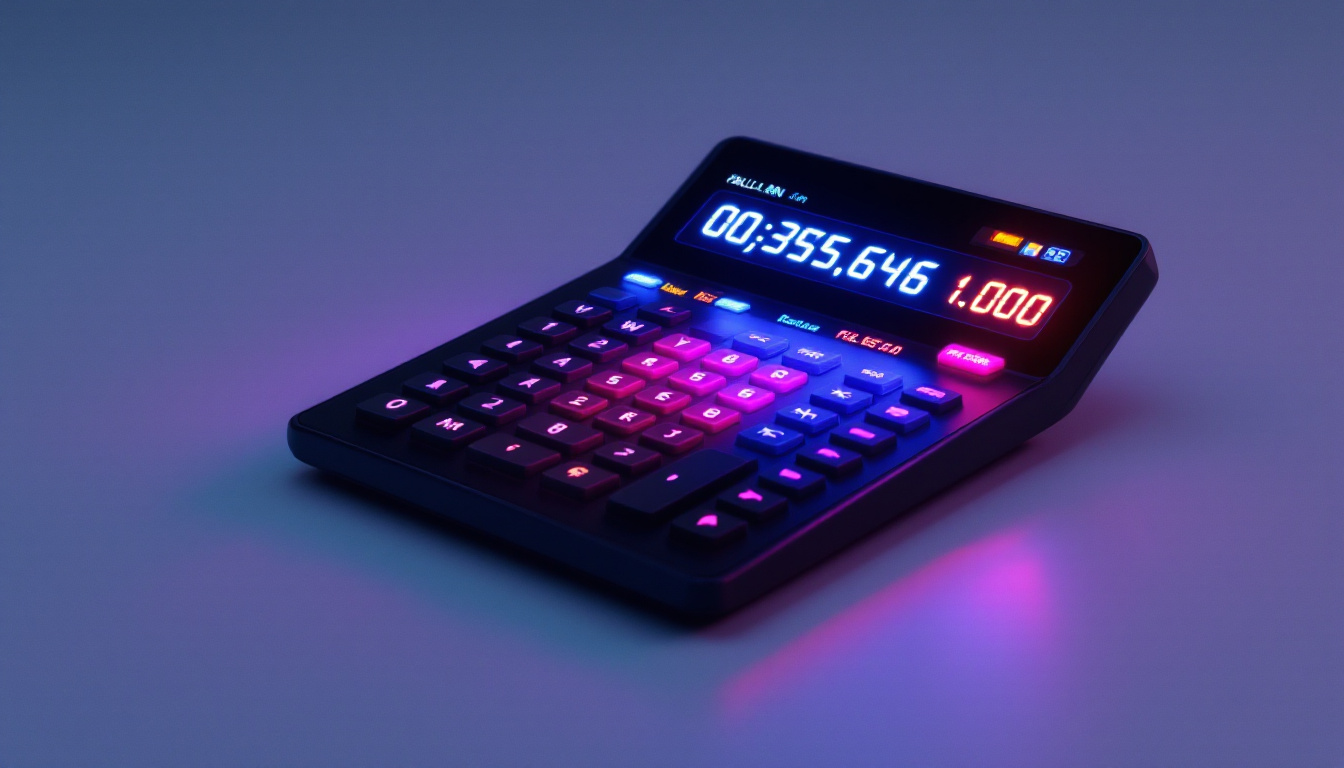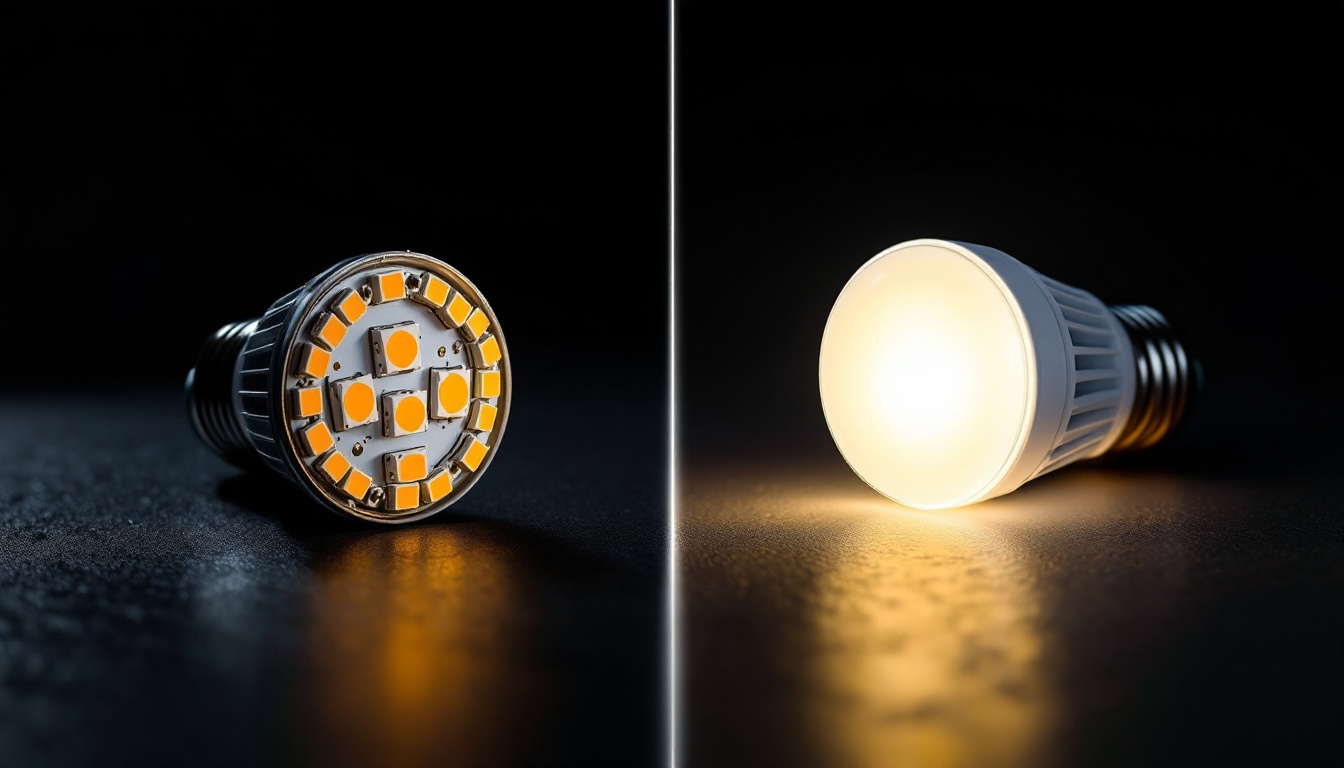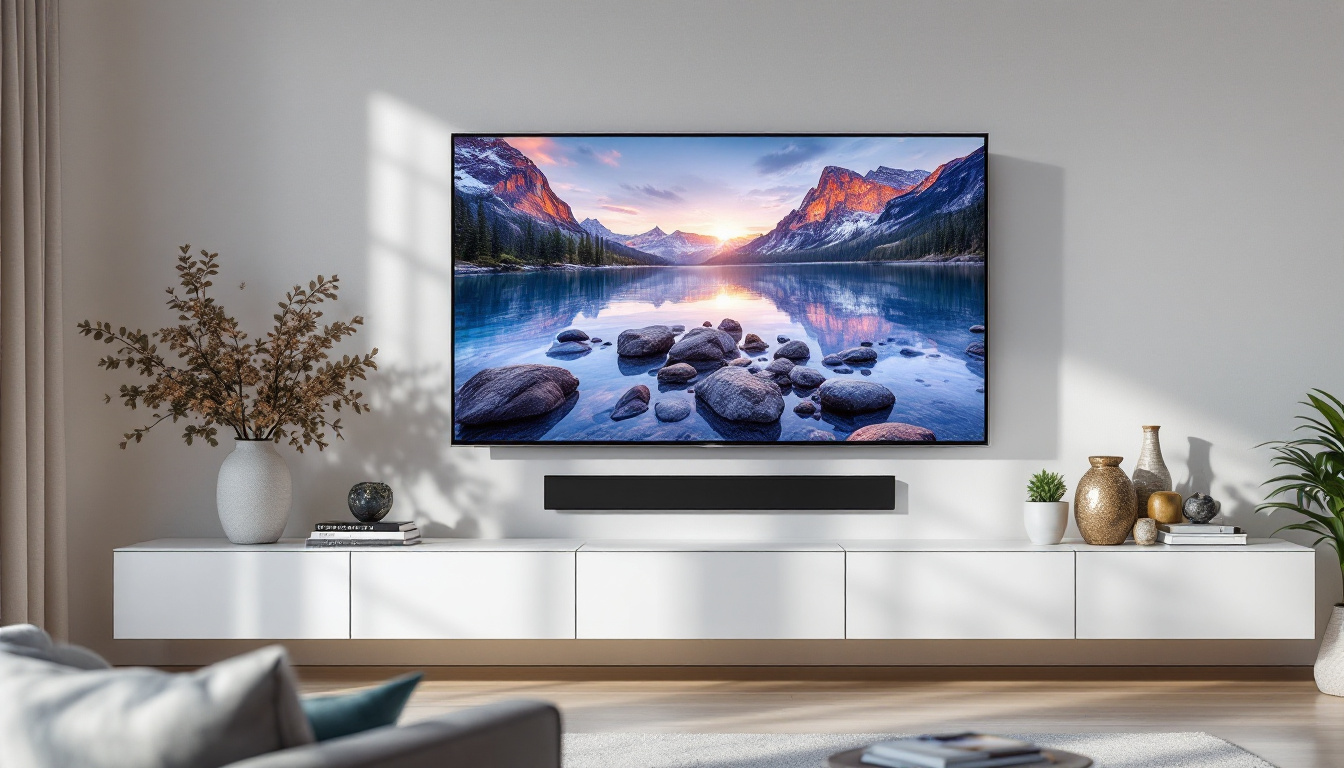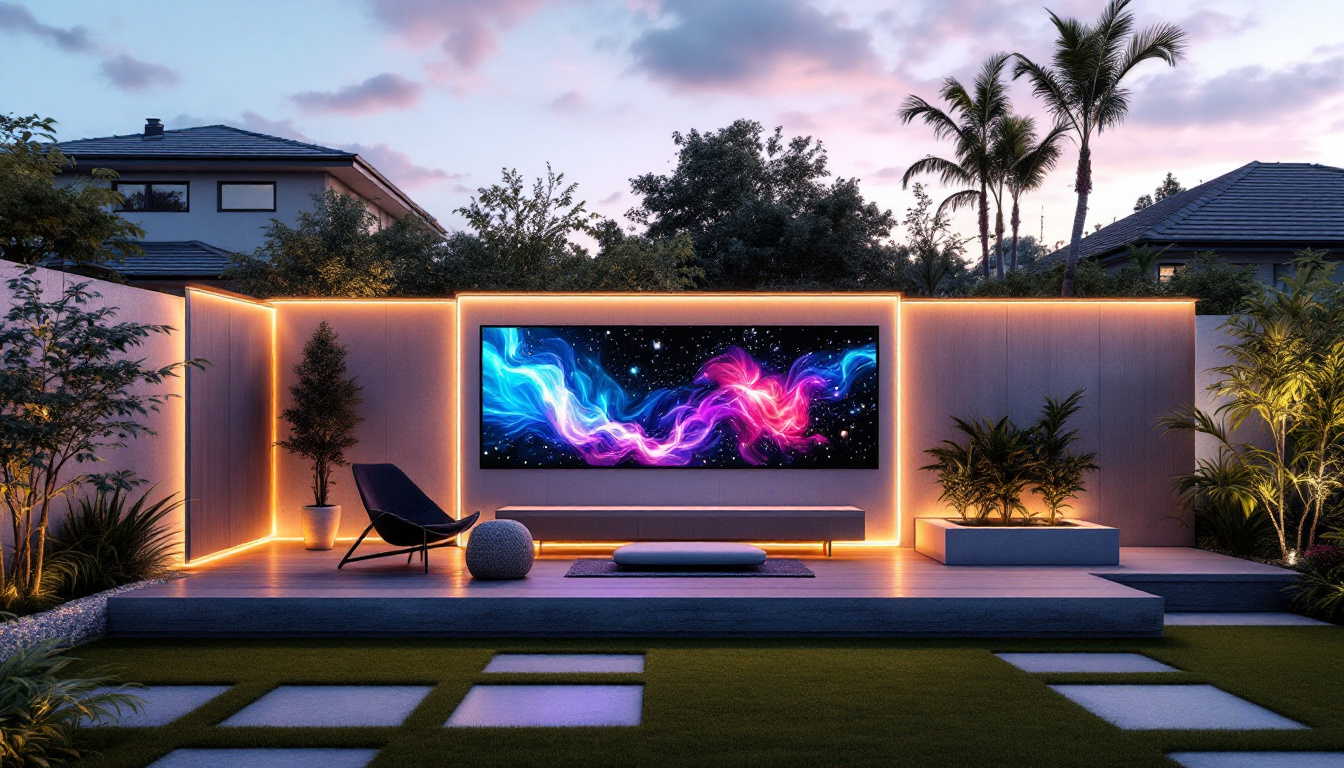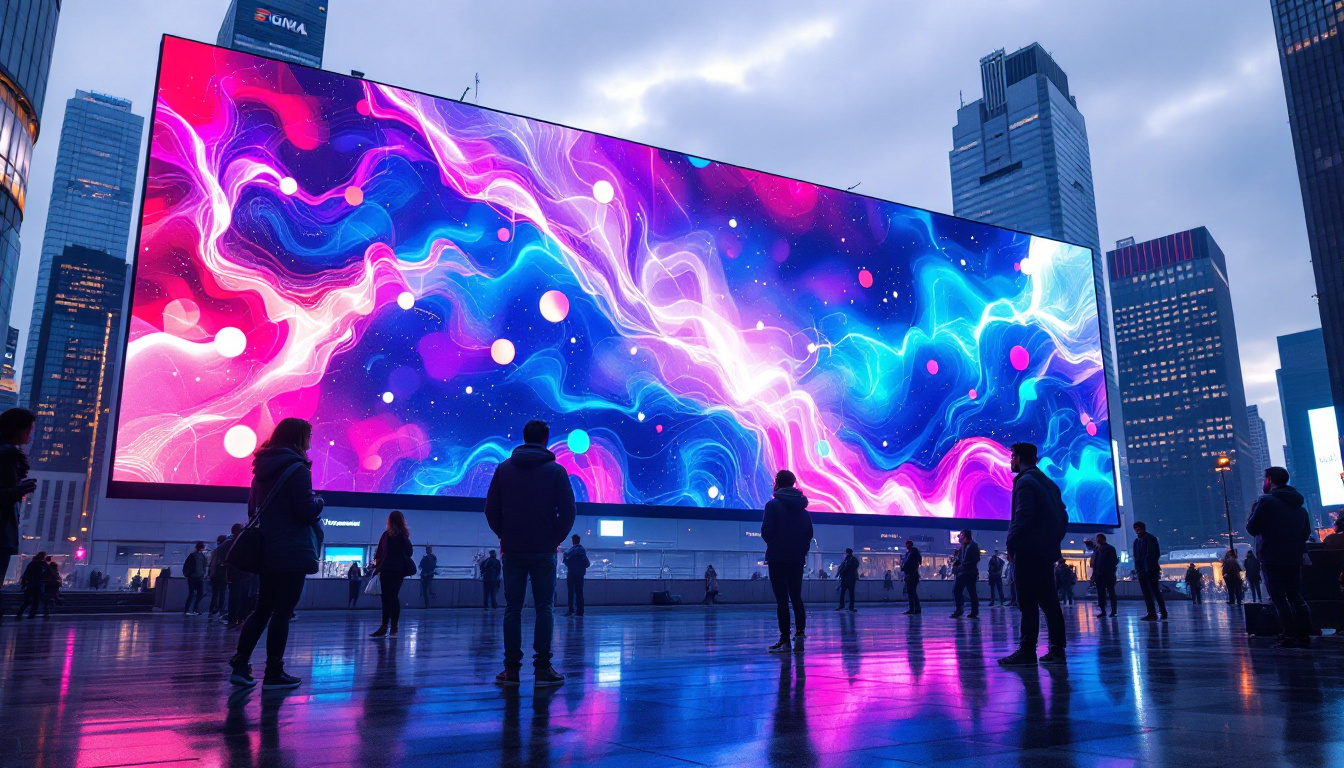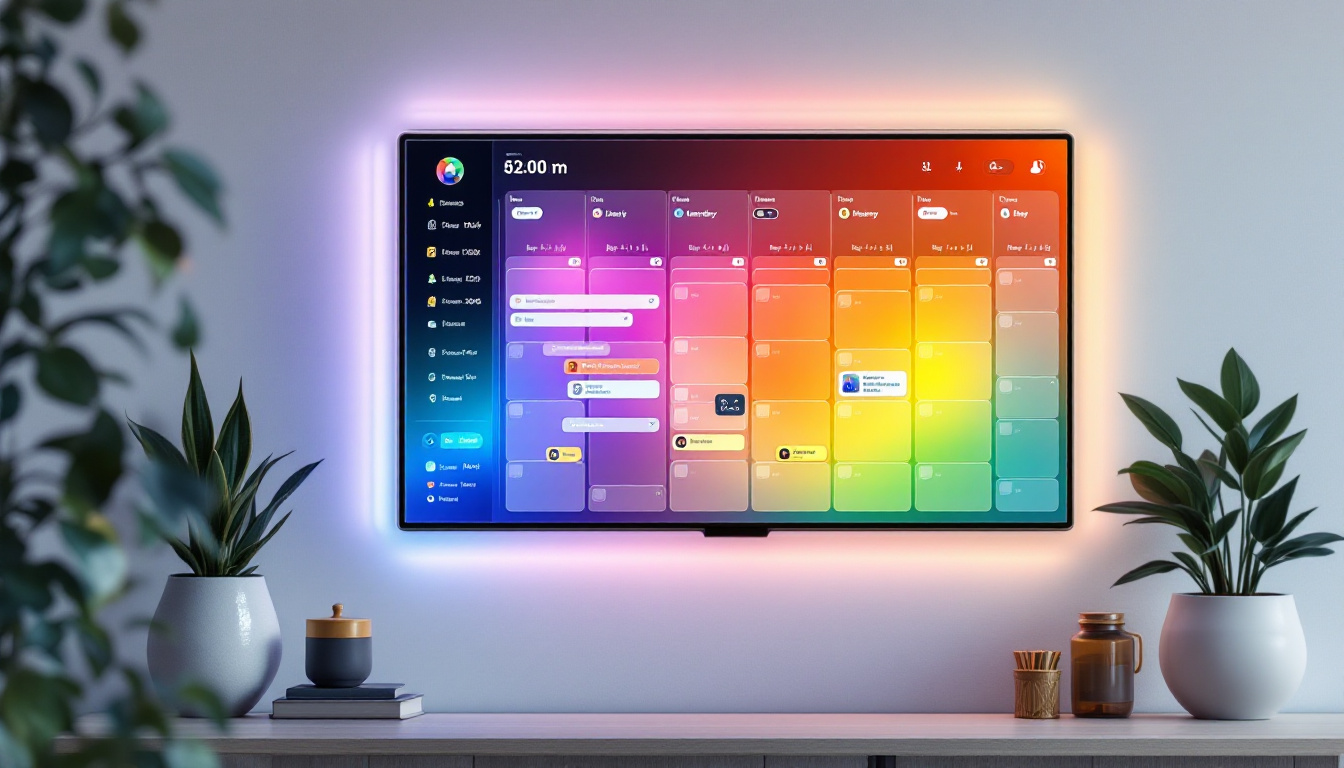In the modern era of home entertainment, television wall panels have become a focal point in many living rooms, offices, and commercial spaces. The evolution of display technology has transformed how we consume media, and LED displays are at the forefront of this revolution. This article delves into the intricacies of LED display technology, its advantages, and the various types of television wall panels available today.
Understanding LED Technology
Light Emitting Diode (LED) technology has significantly changed the landscape of visual displays. Unlike traditional LCD screens that rely on backlighting, LED displays utilize a series of tiny diodes that emit light when an electric current passes through them. This fundamental difference contributes to the enhanced performance and efficiency of LED displays. The evolution of LED technology has also led to innovations such as organic LEDs (OLEDs) and quantum dot displays, which further enhance color accuracy and contrast ratios, pushing the boundaries of visual fidelity.
How LED Displays Work
At the core of an LED display are the individual diodes that create images by lighting up in various colors. These diodes can be arranged in different configurations, such as RGB (red, green, blue) pixels, to produce a wide spectrum of colors. The combination of these colors allows for vibrant and detailed images that can captivate viewers. The precision of these diodes enables rapid response times, which is particularly beneficial for fast-paced content like sports or video games, where motion blur can detract from the viewing experience.
Moreover, LED displays can be either direct-lit or edge-lit. Direct-lit LED displays have diodes placed directly behind the screen, providing uniform brightness and better contrast. On the other hand, edge-lit displays have diodes positioned along the edges of the screen, which can lead to thinner panels but may compromise on uniformity and contrast in some cases. In recent years, advancements in local dimming technology have allowed for improved contrast in edge-lit displays, making them more competitive with direct-lit options.
Advantages of LED Displays
LED technology offers numerous advantages over traditional display technologies. One of the most significant benefits is energy efficiency. LED displays consume less power compared to their LCD counterparts, making them an environmentally friendly option. Additionally, they have a longer lifespan, which translates to lower replacement costs over time. The reduced energy consumption not only benefits the environment but also results in lower electricity bills for consumers and businesses alike, making LED displays a cost-effective choice in the long run.
Another advantage is the superior picture quality. LED displays provide brighter images, deeper blacks, and a wider color gamut, enhancing the viewing experience. This makes them ideal for various settings, from home theaters to commercial displays in retail environments. Furthermore, the ability to achieve high dynamic range (HDR) with LED technology allows for more realistic images, as it captures a greater range of brightness levels. As a result, viewers can enjoy a more immersive experience, whether watching movies, playing video games, or viewing digital art. The versatility of LED technology also extends to outdoor displays, where high brightness levels and weather-resistant designs make them suitable for advertising and public information displays in various lighting conditions.
Types of Television Wall Panels
Television wall panels come in various types, each suited for different applications and preferences. Understanding the distinctions between these types can help consumers make informed decisions when selecting a display for their space.
Flat Panel Displays
Flat panel displays are perhaps the most common type of television wall panel. These screens are slim and lightweight, making them easy to mount on walls. They come in various sizes and resolutions, including Full HD, 4K, and even 8K options, catering to a wide range of viewing preferences.
Flat panel displays utilize LED technology to deliver high-quality images. Many models also incorporate smart features, allowing users to stream content directly from the internet without the need for additional devices. This integration of technology has made flat panel displays a popular choice among consumers.
Curved Displays
Curved displays offer a unique viewing experience by wrapping the screen around the viewer’s field of vision. This design can enhance immersion, making viewers feel more engaged with the content. Curved LED displays are particularly popular for gaming and cinematic experiences, as they can provide a more dynamic perspective.
While curved displays can offer advantages in terms of immersion, they may not be suitable for all viewing environments. The viewing angle can affect picture quality, and reflections from ambient light sources can be more pronounced on curved screens. Therefore, it is essential to consider the room’s layout and lighting conditions when opting for a curved display.
Modular LED Displays
Modular LED displays are gaining traction in commercial applications, such as advertising and event production. These displays are made up of smaller panels that can be assembled in various configurations to create large screens. This flexibility allows for customized sizes and shapes, making them ideal for unique installations.
One of the key benefits of modular LED displays is their scalability. Businesses can start with a smaller setup and expand it as needed without replacing the entire system. Additionally, these displays often feature high brightness levels and excellent color accuracy, making them suitable for outdoor use as well.
Installation Considerations
Installing a television wall panel requires careful planning and consideration to ensure optimal performance and aesthetics. Factors such as location, mounting options, and connectivity should be taken into account to achieve the best results.
Choosing the Right Location
The location of the television wall panel plays a crucial role in the overall viewing experience. It is essential to select a spot that minimizes glare from windows and light sources while providing a comfortable viewing angle. Ideally, the screen should be positioned at eye level when seated, allowing viewers to enjoy their content without straining their necks.
Additionally, considering the room’s layout is vital. For instance, in a living room, the television should be the focal point, while in a conference room, it should be easily visible to all participants. Understanding the purpose of the space will help in making informed decisions about the panel’s placement.
Mounting Options
There are various mounting options available for television wall panels, including fixed mounts, tilting mounts, and full-motion mounts. Fixed mounts are the simplest and most affordable option, keeping the screen flush against the wall. Tilting mounts allow for slight adjustments to the angle, which can be beneficial in reducing glare.
Full-motion mounts offer the most flexibility, allowing users to pull the screen away from the wall and adjust it in multiple directions. This option is ideal for rooms where seating arrangements may vary, as it enables viewers to customize their viewing angle easily.
Connectivity and Cable Management
Ensuring proper connectivity is essential for a seamless viewing experience. Most modern LED displays come equipped with various ports, including HDMI, USB, and Ethernet. It is important to consider the devices that will be connected to the television and ensure that there are enough ports available.
Cable management is another critical aspect of installation. Keeping cables organized and hidden can enhance the overall appearance of the setup. Wall plates, cable conduits, and cable ties can help achieve a clean and professional look, minimizing clutter around the television.
Maintenance and Care
Proper maintenance and care of television wall panels can extend their lifespan and maintain optimal performance. Regular cleaning and appropriate usage can prevent common issues that may arise over time.
Cleaning Tips
To keep an LED display looking its best, regular cleaning is essential. It is advisable to use a microfiber cloth to gently wipe the screen, avoiding harsh chemicals that can damage the display. For stubborn smudges, a mixture of water and vinegar can be effective, but it should be applied to the cloth rather than directly on the screen.
Additionally, dust can accumulate on the television’s vents and ports, potentially affecting performance. Regularly checking and cleaning these areas can help prevent overheating and ensure proper ventilation.
Software Updates
Many modern LED displays come with smart features that require software updates to function optimally. Keeping the television’s software up to date can enhance performance, introduce new features, and improve security. Users should regularly check for updates and follow the manufacturer’s instructions for installation.
Future Trends in LED Display Technology
The landscape of LED display technology is continuously evolving, with new innovations on the horizon. As manufacturers strive to enhance performance and user experience, several trends are emerging that could shape the future of television wall panels.
MicroLED Technology
MicroLED technology is gaining attention as a potential game-changer in the display industry. This technology utilizes microscopic LEDs to create images, offering several advantages over traditional LED displays, including improved contrast, color accuracy, and energy efficiency. MicroLED displays can also be made thinner and lighter, making them ideal for various applications.
As this technology matures, it is expected to become more accessible to consumers, potentially revolutionizing home entertainment systems and commercial displays alike.
Flexible Displays
Flexible LED displays are another exciting development in the industry. These displays can bend and curve, allowing for innovative designs and applications. From curved televisions to wrap-around displays in commercial settings, the possibilities are vast.
As flexible display technology advances, it may lead to new ways of integrating screens into everyday environments, enhancing both aesthetics and functionality.
Enhanced Interactivity
With the rise of smart home technology, future LED displays are likely to become more interactive. Incorporating touch capabilities and voice recognition can create a more engaging user experience. This trend may lead to televisions that not only display content but also serve as interactive hubs for controlling smart home devices.
Conclusion
Television wall panels equipped with LED display technology have transformed the way people experience visual media. With their superior picture quality, energy efficiency, and versatility, LED displays are a popular choice for both residential and commercial applications. Understanding the various types of displays, installation considerations, and maintenance practices can help consumers make informed decisions when selecting a television wall panel.
As technology continues to evolve, the future of LED displays promises exciting innovations that will further enhance the viewing experience. Whether it’s through microLED technology, flexible designs, or increased interactivity, the possibilities are endless. Embracing these advancements will undoubtedly lead to a more immersive and enjoyable way to consume content.
Discover LumenMatrix’s Innovative LED Display Solutions
Ready to elevate your visual experience with the latest in LED display technology? LumenMatrix offers a comprehensive range of LED display solutions tailored to meet your needs. From stunning Indoor and Outdoor LED Wall Displays to dynamic Vehicle and Sports LED Displays, our products are designed to captivate and engage. Explore our innovative LED Poster Displays, immersive Floor LED Displays, and versatile Custom and All-in-One LED Display options, including the cutting-edge LED Transparent Display. Experience the future of visual communication with LumenMatrix and transform your space into a vibrant canvas of possibilities. Check out LumenMatrix LED Display Solutions today and see how we can help you make a lasting impression.

